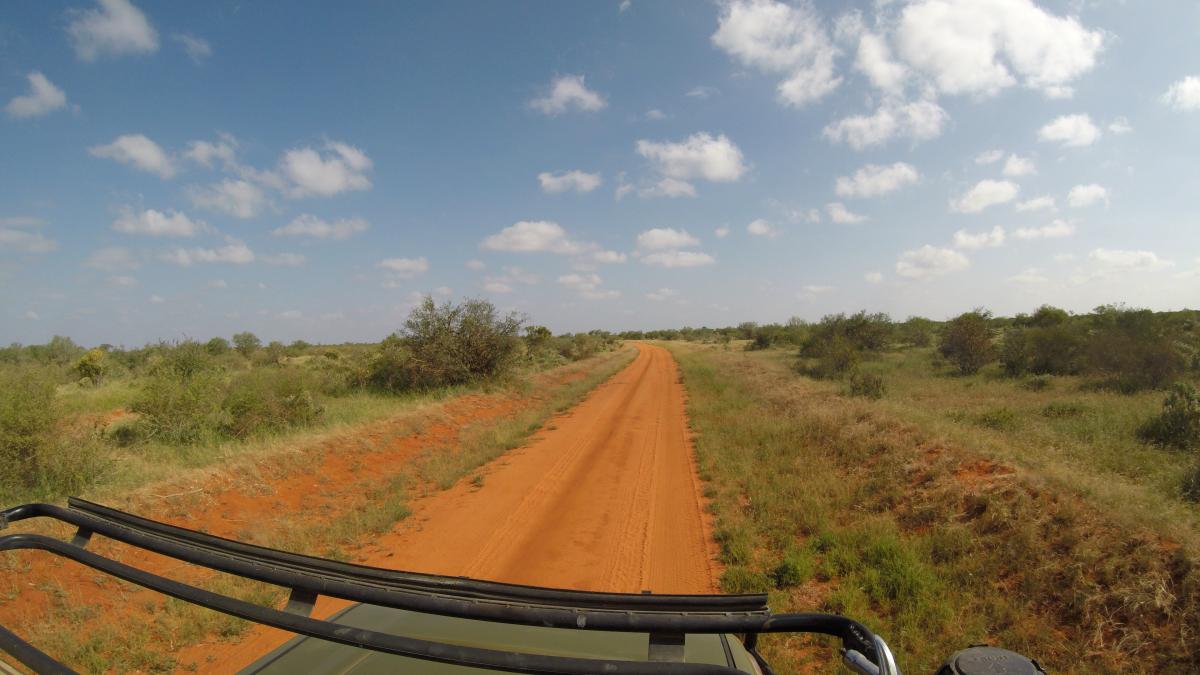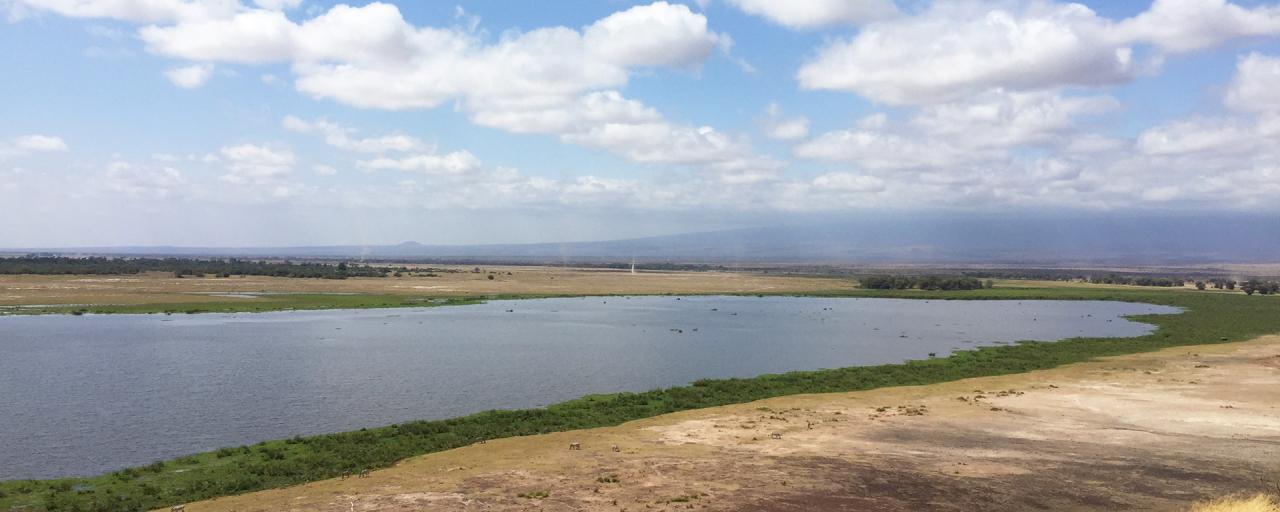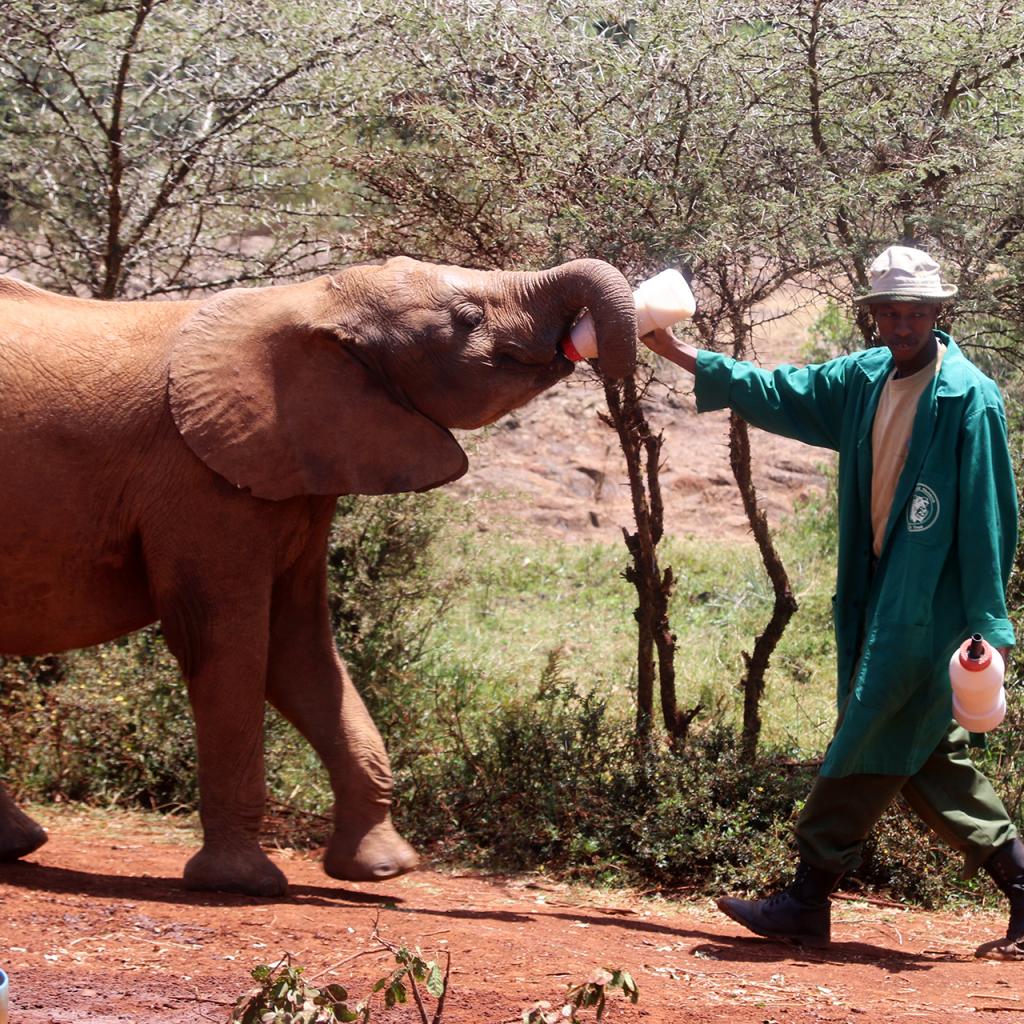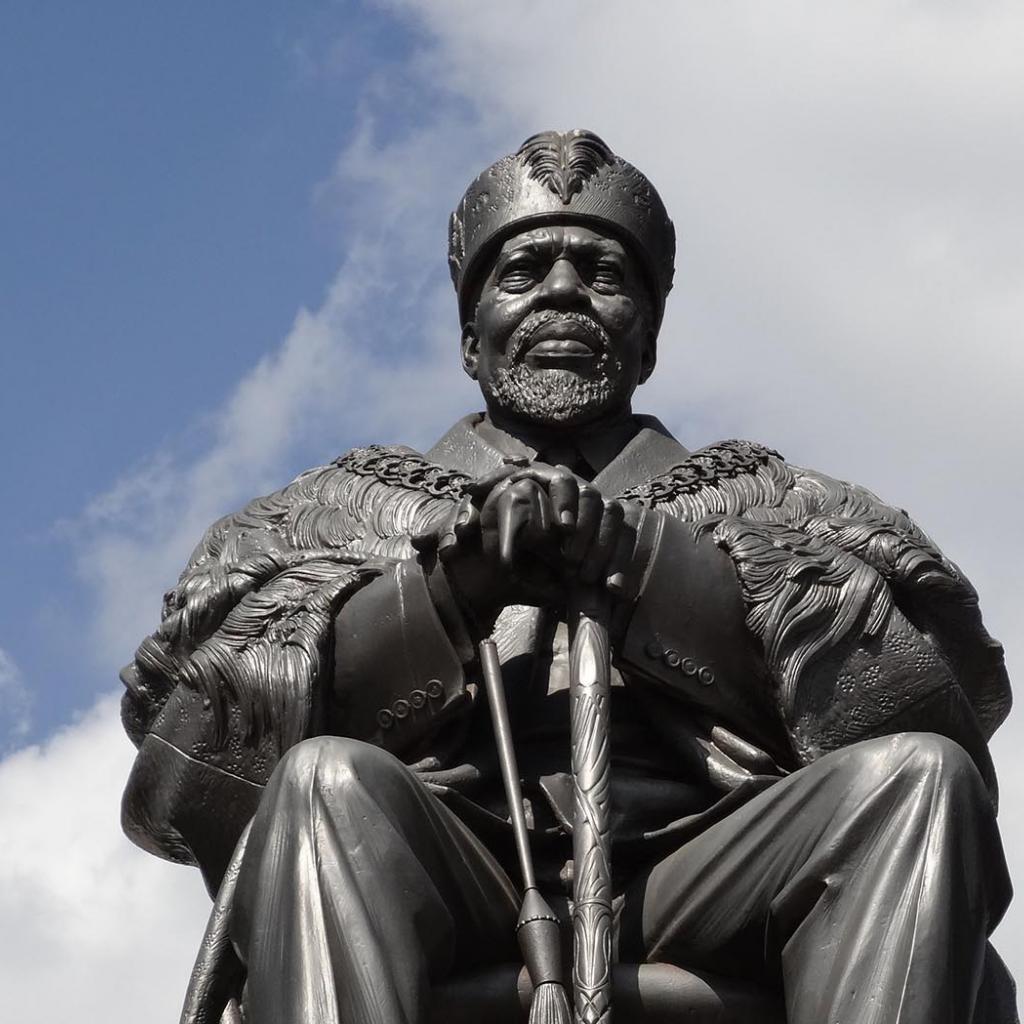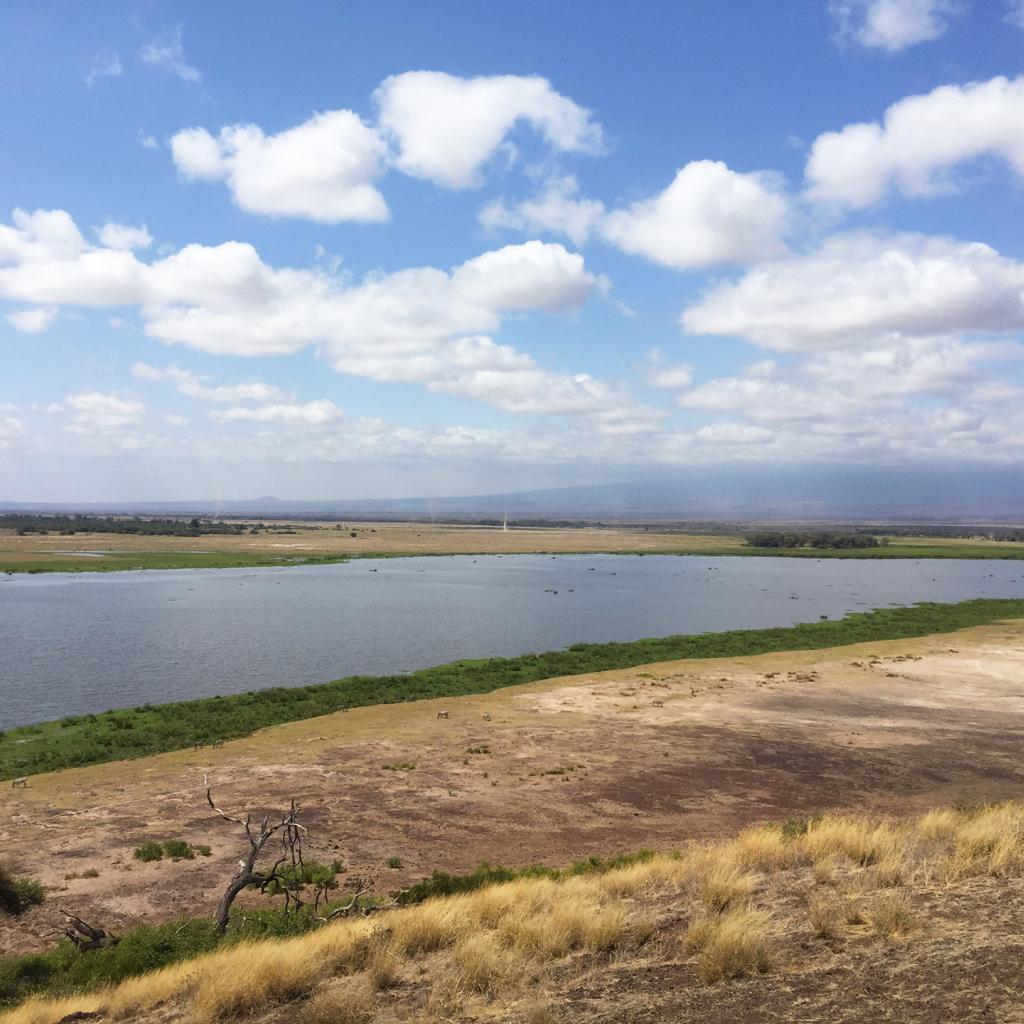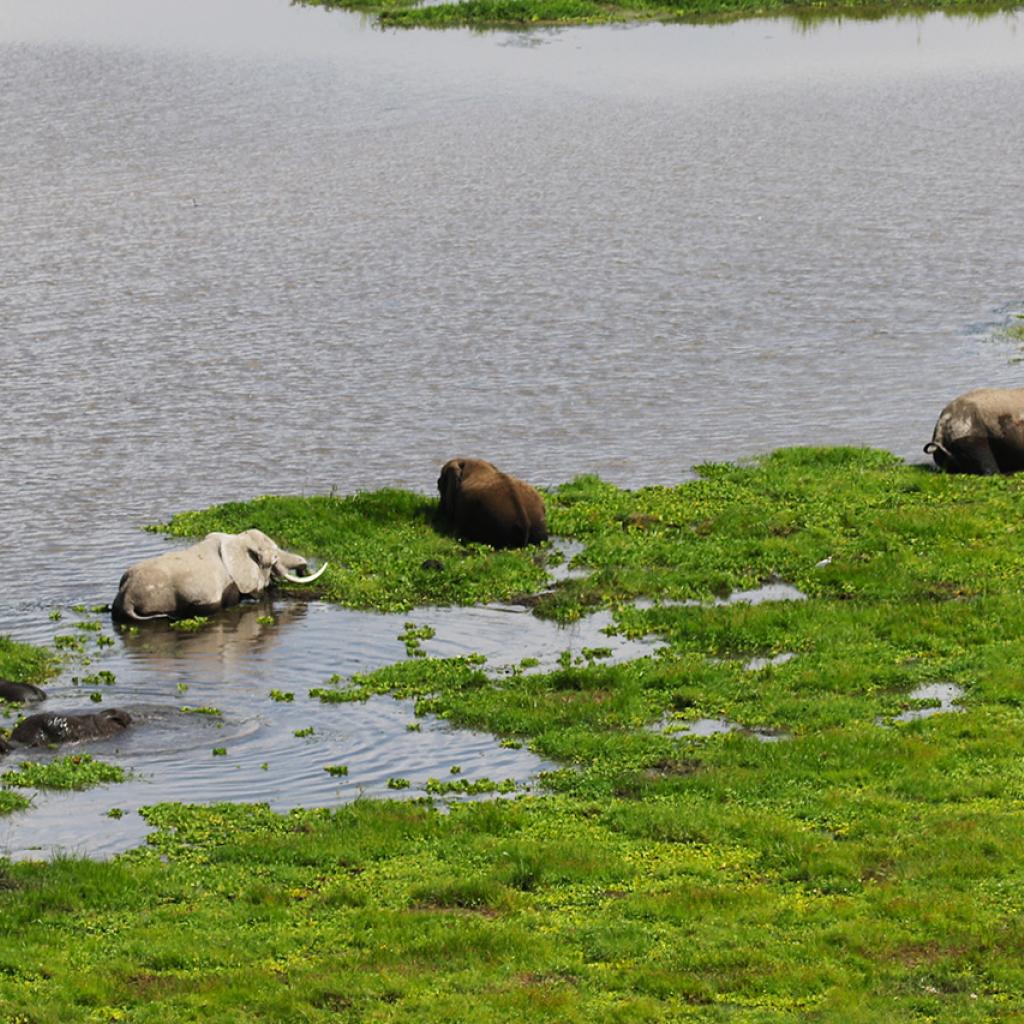In the central highlands the climate is temperate, the days are warm and nights are cool, while on the coast and in the Southern region the days and nights are hot and the humidity is often high; in the Northern and North-Eastern parts of the country the climate is hot and dry with virtually no rainfall all year.
The climate of Kenya has two rainy seasons, heavy rains in the months from April to June and short rains in November, and two dry seasons, a longer and with milder temperatures from July to October and a shorter with high temperatures from mid-December to February.
The rains usually manifest themselves in the form of showers or thunderstorms, often in the evening, that often leave space to the sun even during periods of rain.
The months from July to October are the best time to watch the spectacle of the Great Migration of wildebeests and zebras, that, at this time, are in the Masai Mara National Reserve and the neighboring Conservancy; with a little luck you can watch the crossing, by the herds of the Mara River, an exciting and unique event.
To witness the birth of the cubs of herbivorous, including wildebeests, zebras and antelopes, the best time is from February to March; the births of puppies are an amazing and exciting event but are often associated with hunting scenes harrowed by predators that take advantage on the vulnerability of mothers and pups just come to light.
As for birdwatching the best period is from November to February, in this period, besides the presence of more luxuriant vegetation, come Palaearctic migratory birds that fly in this part of Africa to avoid the harsh Northern winter.
